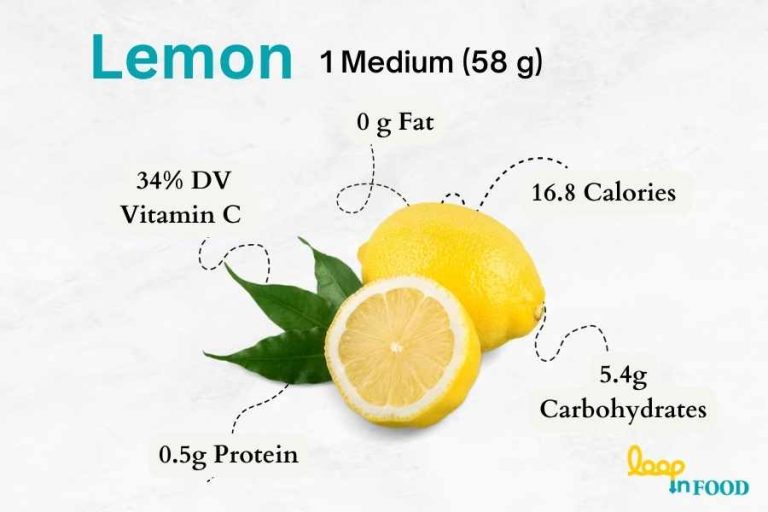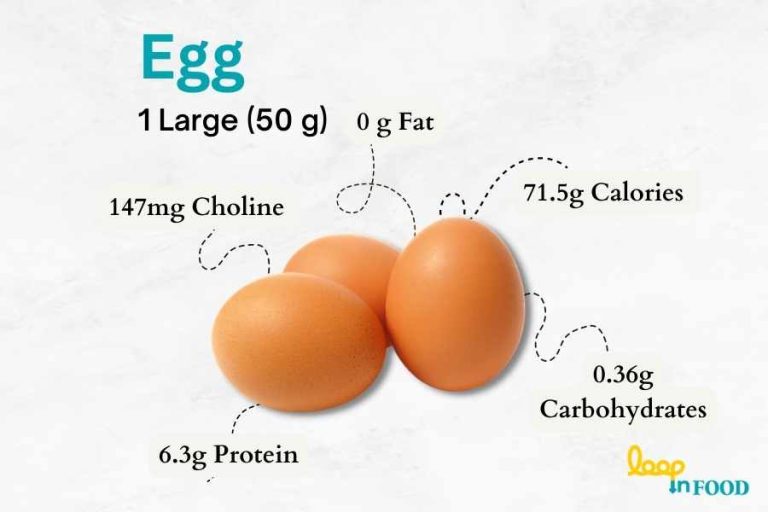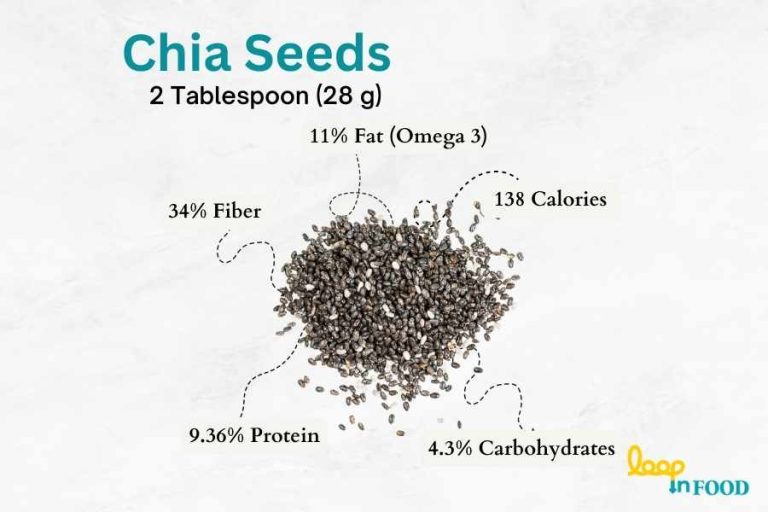How to read the Nutrition Label

Nutrition Facts labels on your favorite food brands have a lot of importance and it is equally necessary to know, how to read the nutrition label in order to make healthy food choices, eat better and shop faster.
Why understanding a nutrition label necessary?
In order to expand your knowledge about food label, understanding a nutrition label will not only help you make good food choice but also you can keep an eye if any important thing is missing on label
Basic Sections of Nutrition Label
The nutrition fact table is distributed in four (04) main sections based on the information they contain, as elaborated in the below picture.

These sections are unique for
- different product categories,
- ingredients used to prepare, and
- other factors associated with product uniqueness.
These sections usually have information about
- The serving size of particular food/beverages,
- The calories they contain as well different nutrients.
- Similarly, a footnote is about % Daily value and advice on the number of calories required by a healthy individual.
How to read the Nutrition Label?
1. Serving Size information

Serving per container: Number of serving size in that particular packet.
Serving Size: It is a commonly used standardize term in a household (for example cup, teaspoon, tablespoon, etc.) it is followed by metric amount in Grams.
Normally serving size is the amount people use to eat. Never consider it as a recommendation.
Also remember that there may be more servings per container means the amount of calories discussed on label are according to the serving size, not in the whole container.
Note: If serving size of 1 cup is giving 30 calories and you are eating 2 cups then you are ending up consuming 60 calories.
2. Total Calories
Calories information mention in label (#2), is giving information about amount of energy you will get from one serving of this product.
As example, If there are 290 Calories in one serving of Oats. If you ate entire package, then you have consumed 4 servings or (290*4=1160) 1160 Calories.
By having calorie information for particular food you can compare and calculate total calories been taken in a whole day by consuming different food products.

Generally as recommended by US Food and Drug Administration (FDA), about 2,000 calories are required for a healthy individual to maintain normal body functioning.
However, this can be lower or higher based on a number of factors for an individual like age, sex, weight, and activity level during that particular day.
You can have an estimate of your required calories on the USDA tool or you can use the Calorie counter.
3. Macro-Nutrients
This section of label has a large impact on your health. Try to take less amount of these Nutrients especially Saturated Fats, Sodium & Added Sugars.

Recommendation: While choosing any food you must look at the label. Foods having low saturated fat, sodium, and added sugars will help to reduce the risk of chronic diseases. Saturated fats are known as bad fat and mainly responsible for many cardiovascular diseases.
Similarly, consumption of too much Sodium is associated with elevated blood pressure levels and ultimately heart-related diseases as well. Taking too much-added sugar has negative effects as it counts directly on your daily calories.
Most consumers especially in the USA, eat too much of this nutrient in their food than the recommended limit.
Nutrients; Higher the better like Dietary Fiber, Calcium, Iron, Potassium, and Vitamin D
3. Percentage Daily Value (% DV)
%DV is percentage of daily value of nutrients contain in one serving of food you are about to select for your meal.

These are usually expressed in certain units (as per type of food) in gram, milligram, microgram, and used as reference values to consume or not to exceed in a day.
What %DV part on the label is telling you?
It is very important to read carefully what percentage of nutrients your food contains and what is your body’s requirements as
- %DV is telling you that how much a nutrient in a serving of a food contributes to your total daily diet.
- Also help you to determine either food is low or high in a particular nutrients.
Another important feature of this %DV column is that it tells you;
• 5% DV or less of a nutrient per serving is considered low
• 20% DV or more of a nutrient per serving is considered high
And prefer to choose Food that are
- Higher in %DV for dietary fibers, Vitamins-D, Iron, Calcium & Potassium
- Lower in %DV for Sodium, Saturated fat & added sugars.
Based on a 2,000 Calorie Diet
4. What is on the Footnote?

Before Footnote there are Micronutrients which are essential for your health. In Footnote there are Daily recommended calories i.e. 2000 Calories according to FDA are defined.
Summary








Very informative, it’s time we get to understand and utilize the labels to the best of our knowledge.